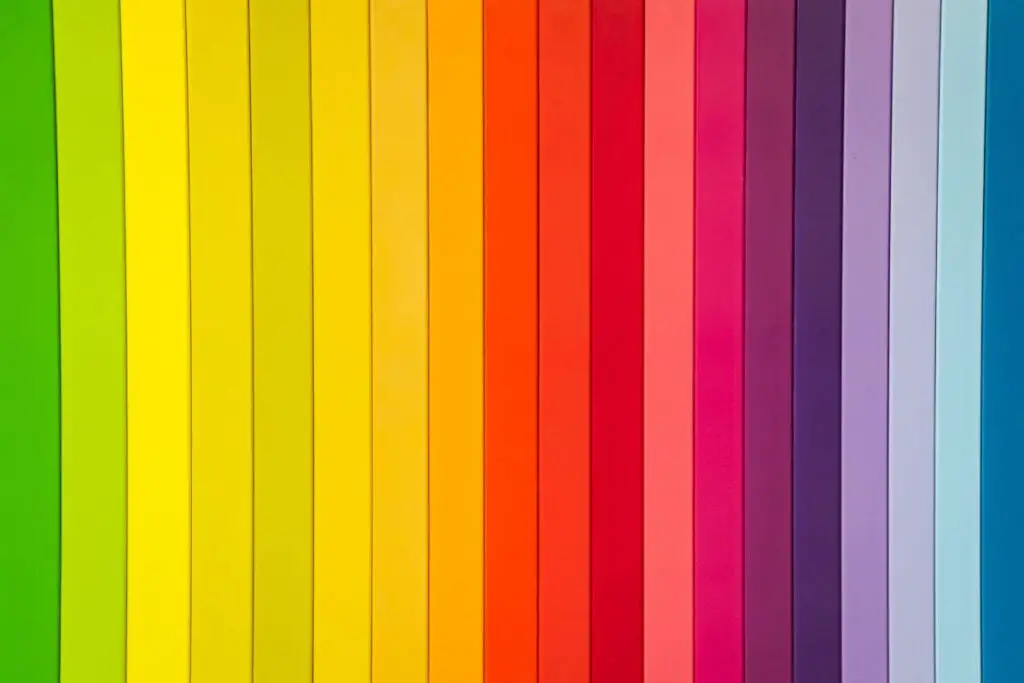Introduction
In the world of exquisite gemstones, two precious jewels reign supreme: emeralds and diamonds. These dazzling gems have captivated the hearts of jewelry enthusiasts, collectors, and investors alike. But when it comes to choosing between emeralds and diamonds, it’s not just about their beauty; there are numerous factors to consider. In this article, we will embark on an exciting journey to compare and contrast emeralds and diamonds, exploring their origins, characteristics, value, and much more. So, let’s dive deep into the world of gemstones and discover which one truly shines the brightest.
Emeralds: The Enigmatic Green Gem
The Origins of Emeralds
Emeralds, with their rich green hue, have a history that dates back to ancient civilizations. They were cherished by the Egyptians and revered by the Incas. These stunning green gemstones are primarily mined in countries like Colombia, Zambia, and Brazil.
Characteristics of Emeralds
Emeralds belong to the beryl family of minerals and derive their captivating green color from trace amounts of chromium and vanadium. Their vibrant green hue symbolizes renewal and growth, making them a popular choice for engagement rings and high-end jewelry.
The 4 Cs of Emeralds
Much like diamonds, emeralds are also graded based on the 4 Cs: Color, Clarity, Cut, and Carat weight. The most valuable emeralds exhibit a deep, intense green color with excellent clarity and a well-cut shape.
Emerald Symbolism and Lore
Emeralds have been associated with various mystical and healing properties throughout history. They are often believed to bring prosperity, love, and even foresight to their wearers.
Diamonds: The Timeless Elegance
The Origins of Diamonds
Diamonds, known for their unmatched brilliance, are formed deep within the Earth’s mantle under extreme pressure and heat. They are then brought to the surface through volcanic eruptions. Major diamond producers include Botswana, Russia, and Canada.
Characteristics of Diamonds
Diamonds are renowned for their exceptional hardness and dazzling sparkle. They are composed of carbon atoms arranged in a crystal lattice structure, which allows them to refract and reflect light with unparalleled brilliance.
The 4 Cs of Diamonds
When evaluating diamonds, experts consider the 4 Cs: Color, Clarity, Cut, and Carat weight. The most coveted diamonds are colorless (graded D) and have impeccable clarity and precision cuts.
Diamond Symbolism and Significance
Diamonds have long symbolized eternal love and commitment, making them the preferred choice for engagement rings. They are also considered a symbol of strength and invincibility.
Comparing Emeralds and Diamonds
Now that we’ve explored the individual qualities of emeralds and diamonds, let’s compare them head-to-head in several key aspects:
1. Color
Emeralds are prized for their green color, while diamonds come in various colors. However, colorless diamonds are the most sought after for their purity.

2. Brilliance
Diamonds are unrivaled in terms of brilliance, thanks to their exceptional light-reflecting properties. Emeralds, on the other hand, exhibit a more subdued sparkle.
3. Rarity
Emeralds are rarer than diamonds, especially high-quality emeralds with vivid green hues. This rarity often makes emeralds more valuable.
4. Durability
Diamonds are the hardest natural substance on Earth, scoring a perfect 10 on the Mohs scale of hardness. Emeralds, while still durable, are more susceptible to scratches and damage.
5. Symbolism
Emeralds symbolize growth and renewal, while diamonds symbolize eternal love and strength.
Conclusion
In the timeless debate of emerald vs. diamond, both gemstones possess unique qualities that make them extraordinary in their own right. Whether you choose the lush green allure of an emerald or the timeless elegance of a diamond, the decision ultimately rests on your personal preferences and the symbolic meaning you attach to these precious stones.
Now that you’re better informed about emeralds and diamonds, you can confidently make a choice that suits your style and sentiment when it comes to adorning yourself with these exquisite gems.
FAQs
1. Are emeralds more valuable than diamonds?
The value of emeralds and diamonds depends on various factors, including quality and rarity. In some cases, high-quality emeralds can be more valuable than diamonds.
2. Can emeralds be worn as engagement rings?
Yes, emeralds are a popular choice for engagement rings. They symbolize growth and renewal, making them a meaningful choice for couples.
3. Do diamonds come in colors other than white?
Yes, diamonds can come in various colors, including yellow, blue, and pink. Colorless diamonds, known as “white diamonds,” are the most sought after.
4. Which gemstone is harder: emerald or diamond?
Diamonds are much harder than emeralds. Diamonds rank as the hardest natural substance on the Mohs scale, while emeralds are relatively softer.
5. What is the significance of the 4 Cs in gemstones?
The 4 Cs (Color, Clarity, Cut, and Carat weight) are criteria used to evaluate the quality and value of gemstones, including emeralds and diamonds. They help buyers assess the overall quality of a gemstone.
6. Are emeralds suitable for everyday wear in jewelry?
Emeralds are moderately durable but can be more prone to damage than diamonds. While they can be worn daily, it’s advisable to take extra care to protect them from scratches and impacts.
7. Do emeralds have any special significance in different cultures?
Yes, emeralds hold cultural significance in various societies. For instance, in ancient Egyptian culture, emeralds were associated with rebirth and fertility. In Indian culture, they are linked to prosperity and well-being.
8. Can you tell if an emerald is genuine or synthetic?
Distinguishing between natural and synthetic emeralds can be challenging. It often requires the expertise of a gemologist who can analyze the stone’s characteristics, including inclusions and fluorescence, to determine its authenticity.




